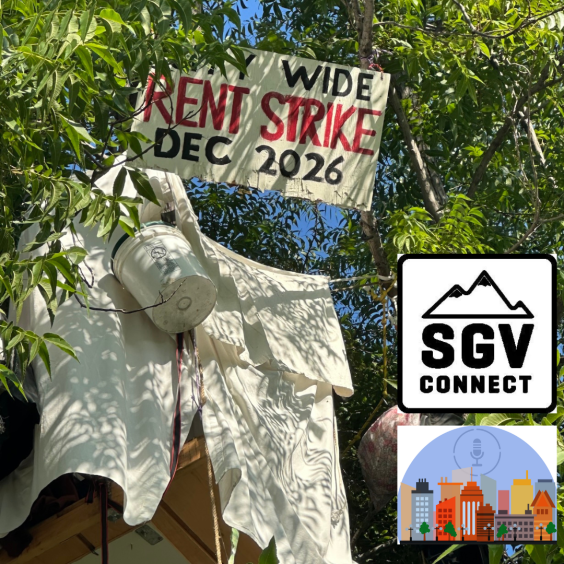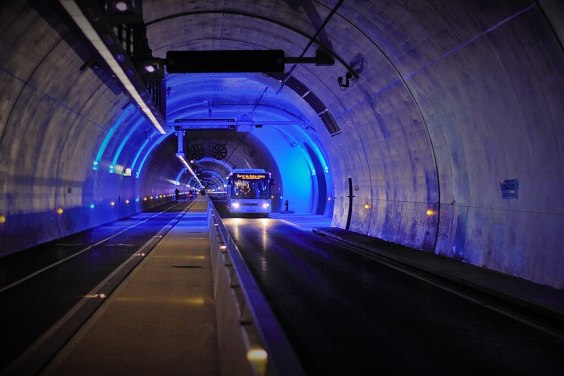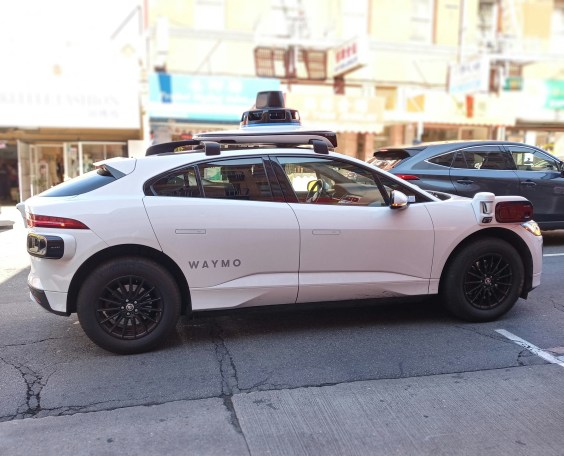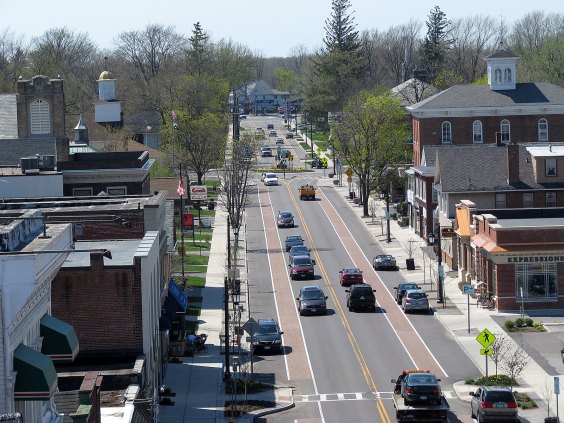Wednesday morning, California Governor Jerry Brown came to Los Angeles County's South Bay to speak in support of S.B. 1 - the recent gas tax increase that is funding transportation infrastructure around the state.
Brown, joined by L.A. County elected officials, appeared at the site of the future Torrance Transit Park and Ride Regional Terminal. Construction is just getting underway for the Torrance transit center, which is scheduled to open in mid-2019.
Torrance's transit center will initially serve bus riders, then later become a Metro Green Line Station. The future Green Line extension is largely funded by Measure M, which anticipates the extension would open circa 2030. The project is targeted to be accelerated under Metro's 28 by 28 initiative. In April, the state awarded Transit and Intercity Rail Capital Program grants, which included $231 million for the Torrance extension.
If Republican-led efforts succeed in repealing the gas tax increase, then funding for the Torrance Green Line extension would need to come from somewhere else.
Governor Brown urged Californians "to vote 'no' on those crazy efforts" to repeal S.B.1. County Supervisor Janice Hahn, Los Angeles Mayor Eric Garcetti, and State Assemblymember Al Muratsuchi all echoed Brown's defense of the gas tax increase, saying a repeal would lead to congestion, traffic, and failing infrastructure.
View a video of the Torrance rally at Muratsuchi's Facebook page.






